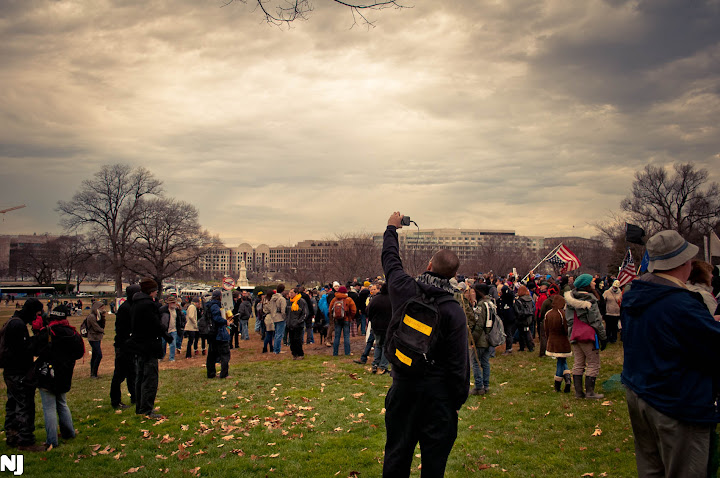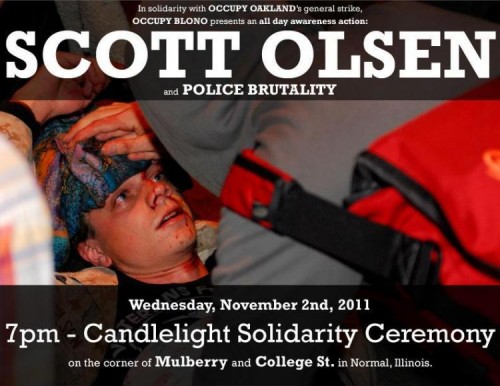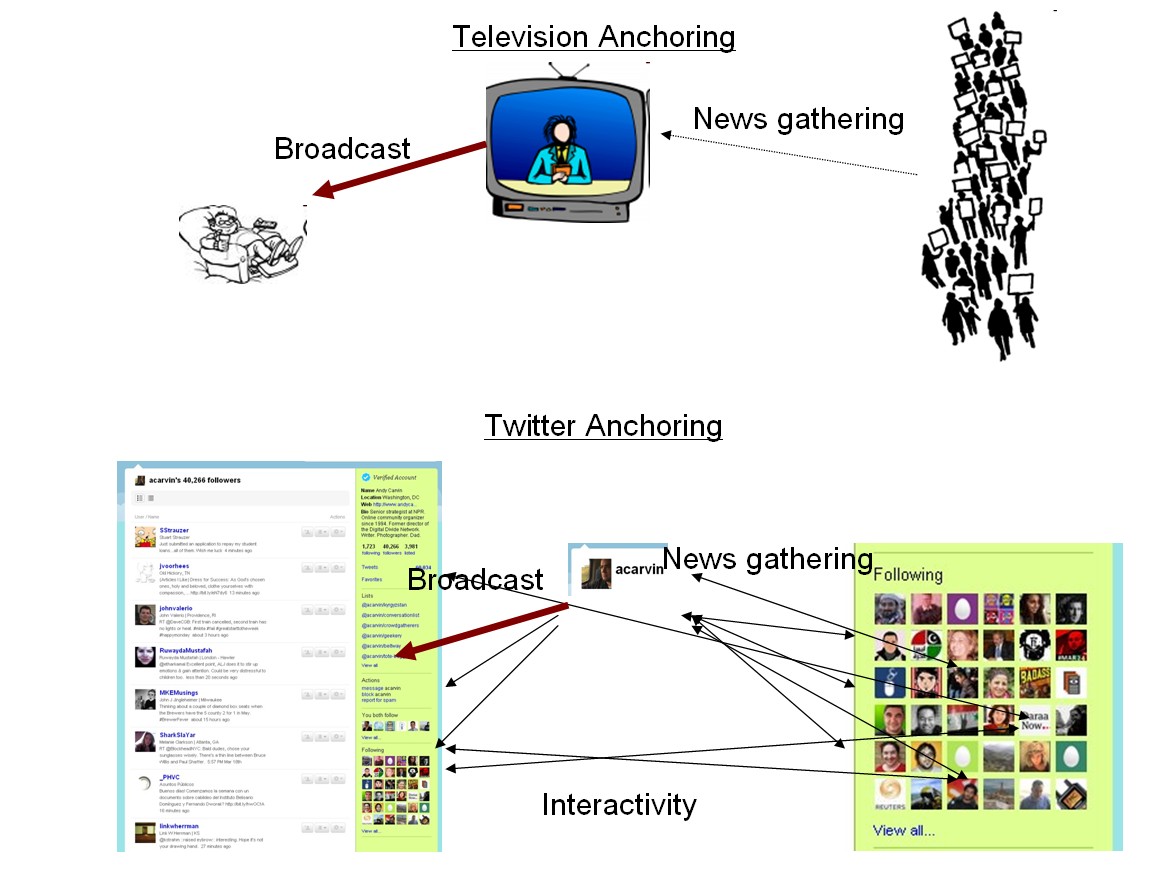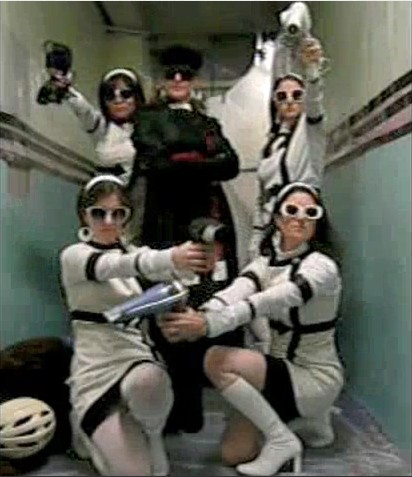
Last week Twitter introduced an alert system that they described as “ a new feature that brings us one step closer to helping users get important and accurate information during emergencies, natural disasters or when other communications services aren’t accessible.” The alerts show up on users phones as special push notifications and SMS notifications and are marked with an orange bell in your feed. At first blush it seems like a great idea but, given that I’m writing this during yet another government “shutdown”, are governments and NGOs really the only organizations that should get access to this useful service? What can activists do to push back? more...



 Malcolm Harris has posted
Malcolm Harris has posted 





